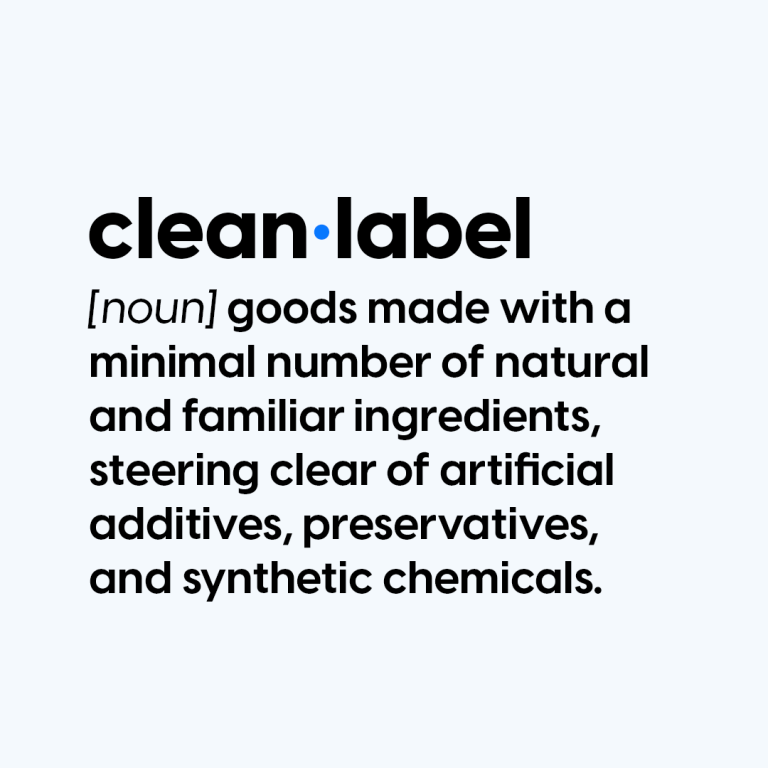With email, chatbots, Google, Facebook, Instagram, and other social media apps competing for consumer attention, direct-to-consumer (D2C) brands are scrambling for new ways to acquire and retain consumers. One marketing channel outperforming all others is one with a human touch: SMS marketing. There are two ways a consumer brand might consider text messaging. Cookware startup, Great Jones and Judy, an emergency preparedness company using text messaging to communicate with customers and build general brand awareness.

Consumer package good (CPG) companies like Dirty Lemon are taking the texting engagement channel one step further and using automated chatbots as part of their sales strategy at the core of their purchasing strategy.
Texting is a Daily Habit
In the United States, over six billion text messages are sent every day. These SMS communications are received instantly and read almost immediately. The statistics for text messaging are staggering:
- Behavior: The average American checks their phone 96 times a day—averaging once every 10 minutes.
- Speed: Over 90% of SMS text messages are read in the first 3 minutes.
- Opt-in: In 2020, 48.7 million people will choose to receive business SMS messages.
- Performance: Compared to email performance metrics, SMS marketing campaigns are typically 25x higher than email marketing campaigns.
- Conversion: Nearly 30% of customers will respond to an SMS message, and nearly 50% of those responding will make a purchase.
- Audience: Everyone likes to text, but smartphone users between the ages of 18 to 24 text the most, texting twice as much as people aged 25 to 34—and 10 times more than those 55 years and older! Eighteen to 24-year olds, in particular, prefer texting over emailing, viewing texting as a more personal form of communication. Says Lauren Tracy, co-founder of Blue Fever, “Generation Z doesn’t use email, and while certainly active on social media, and willing to use apps if needed, text messaging is where they go to interact among their friends.”
Dirty Lemon Started With Text-to-Purchase & Is Winning
One company opting out of traditional commerce channels is Dirty Lemon. Launched in 2015, the wellness beverage brand relies on a proprietary conversational commerce platform that directs consumers to purchase their products via text message. Each bottle of Dirty Lemon has an SMS call to action saying, “Text us for more. Do not follow us on Instagram.” “We believe conversational commerce is the future of consumer ordering,” says Zak Normandin, Dirty Lemon co-founder, and CEO.
Infused with charcoal, collagen, turmeric, chromium, and other wellness formulations, the low-calorie elixirs are pricey: six bottles typically cost $65, or about $10.83 per bottle. The ordering process works like this: customers text a dedicated number to set up an account. Once the text is received, a Dirty Lemon customer service rep sends a secure link where the customer enters credit card, address, and billing information. Note: their credit card information is processed before the customer can initiate orders. Once signed up, the customer texts their order to the designated number, and subsequent orders are automatically charged to the card on file.
The company does not send texts about promotional offers, but it does use text messaging to keep customers informed about their orders. Customers can also pull out their phone and text message Dirty Lemon to refill their orders.
The company, now rebranded as Iris Nova, is making the ultimate leap into the retail mainstream: Walmart. Selling at a store known for its low prices is “different than the way that we’ve historically sold Dirty Lemon,” Normandin explains. At this point he adds, Working with retailers is “the only way forward.” Iris Nova is private and does not disclose its sales figures, but says it has over 200,000 customers throughout the U.S.
Striking a Texting Balance is Key
Dirty Lemon’s basic formula for winning customers is to avoid overcommunication. “Our texts are always tied to something that benefits the customer,” Normandin says. “SMS is core to our business that we’re working every day to maintain trust.” Other companies are trying to figure out what type of messages to send and the frequency. The most important consideration when using texts as a brand marketing strategy is the intent of the message. Whether it’s service, education, or building revenue, hitting the right note without jamming a customer’s phone is key.
The ways you can reach your consumers are ever-evolving. With the right brand and marketing strategy in place, you’ll be able to engage and retain them successfully.
Personalize Your Brand Today







